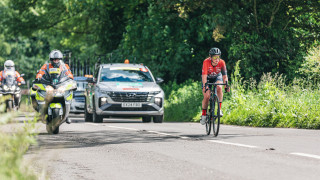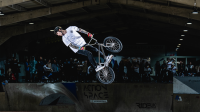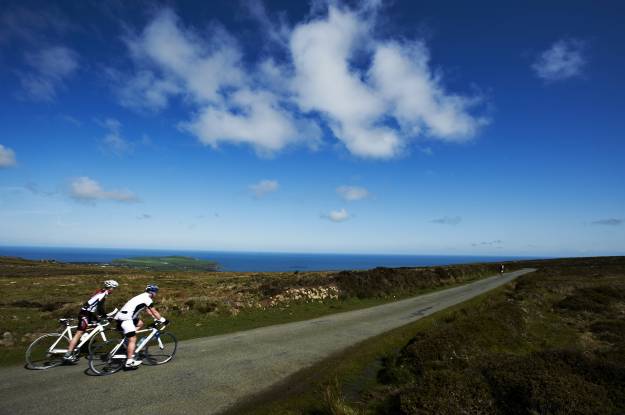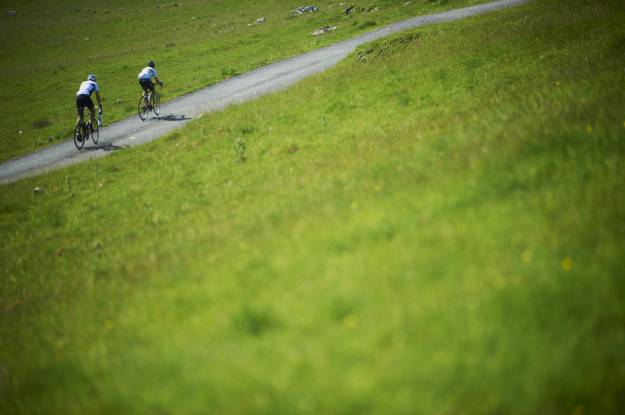During each stage of the Lloyds Tour of Britain, road closures are put in place for a short amount of time ahead of when the race passes through, minimising any dangers to the professional athletes, officials, spectators and communities along the route.
Each stage will have a distinct route: to find out exactly where our routes go this year, please click on the stage pages, where you will find detailed maps and timings as the race gets closer.
If you live, work or commute along the route, there will be road closures altering your travel for a small window of time while the race passes. This is known as a rolling road closure.
Our road closure system
We operate a ‘rolling road closure’ system rather than a full road closure to minimise disruption to the local community as much as possible. Therefore, the roads will only be closed for a short window (approximately 30-40 minutes), while the race passes through.
Please check our stage timetables for each day of the event to know when to expect the rolling road closure to be occurring near you.
How the closures work
The rolling road closure entails closing roads along the Lloyds Tour of Britain route, and junctions with access roads to the route, ahead of when the race is expected to pass and while the race moves through.
The length of closure of the rolling road block depends upon how spread out the riders are. Typically, the lead motorcycle instigating the closure is 15 minutes ahead of the lead rider. The closure then remains in place until all riders and race cars have passed through.
There will be police cars as well as National Escort Group (NEG) motorbikes that will work to safely hold traffic and restart traffic before and after the race moves through areas of a town, city or village.
The rolling road closure works like a moving bubble: the race is at the centre and the police escort, safety and support cars, ahead and behind the bubble help keep it moving forward, while minimising the amount of disruption to the public and traffic.
Are there other road closures?
There will be a small number of road closures involving the surrounding areas of each start and finish location to allow for the necessary barriers and infrastructure to be built, for example the race start or finish gantry. These closures will be longer than the rolling road closure, and only on the day of the race. They will be finalised well in advance of the race taking place and advertised locally.










